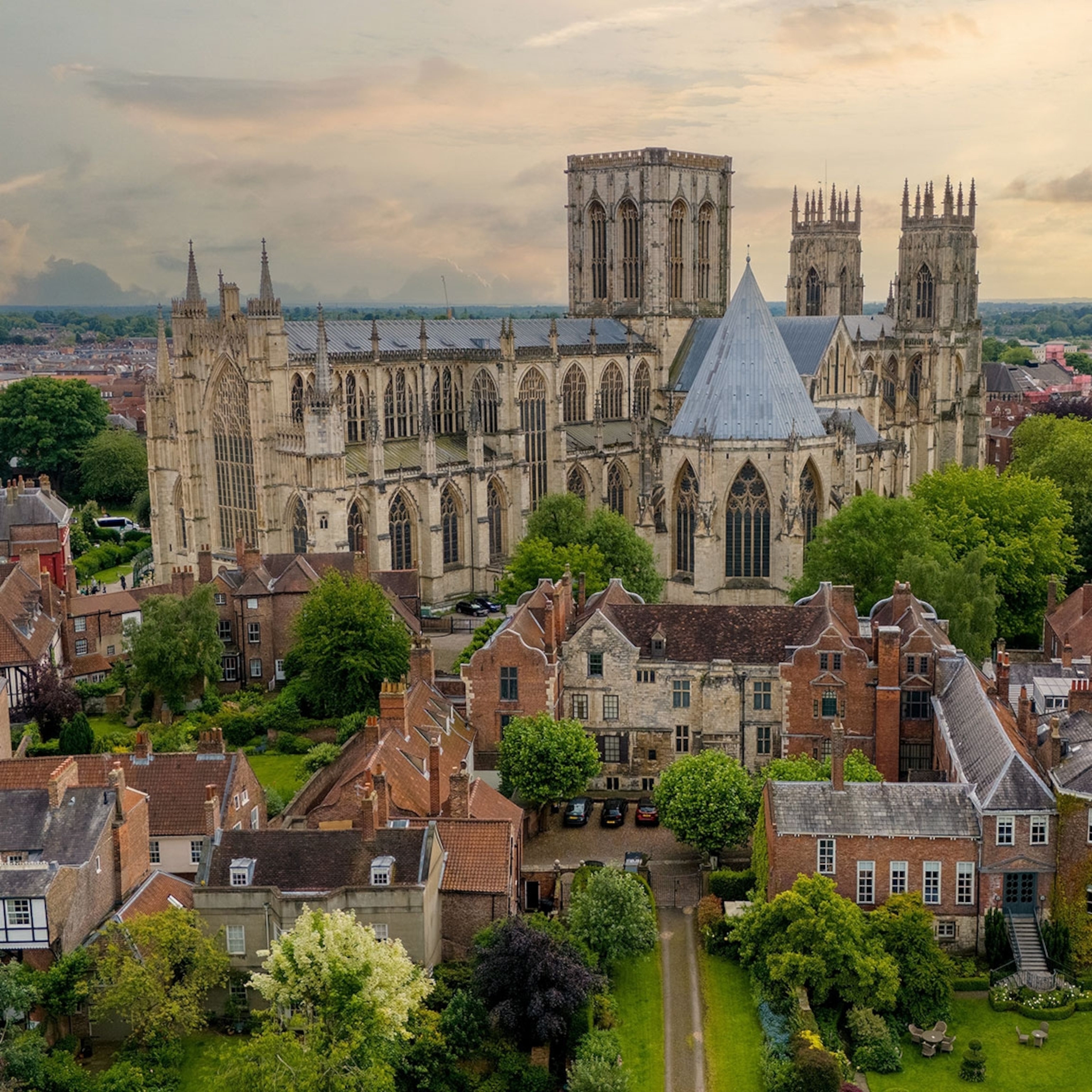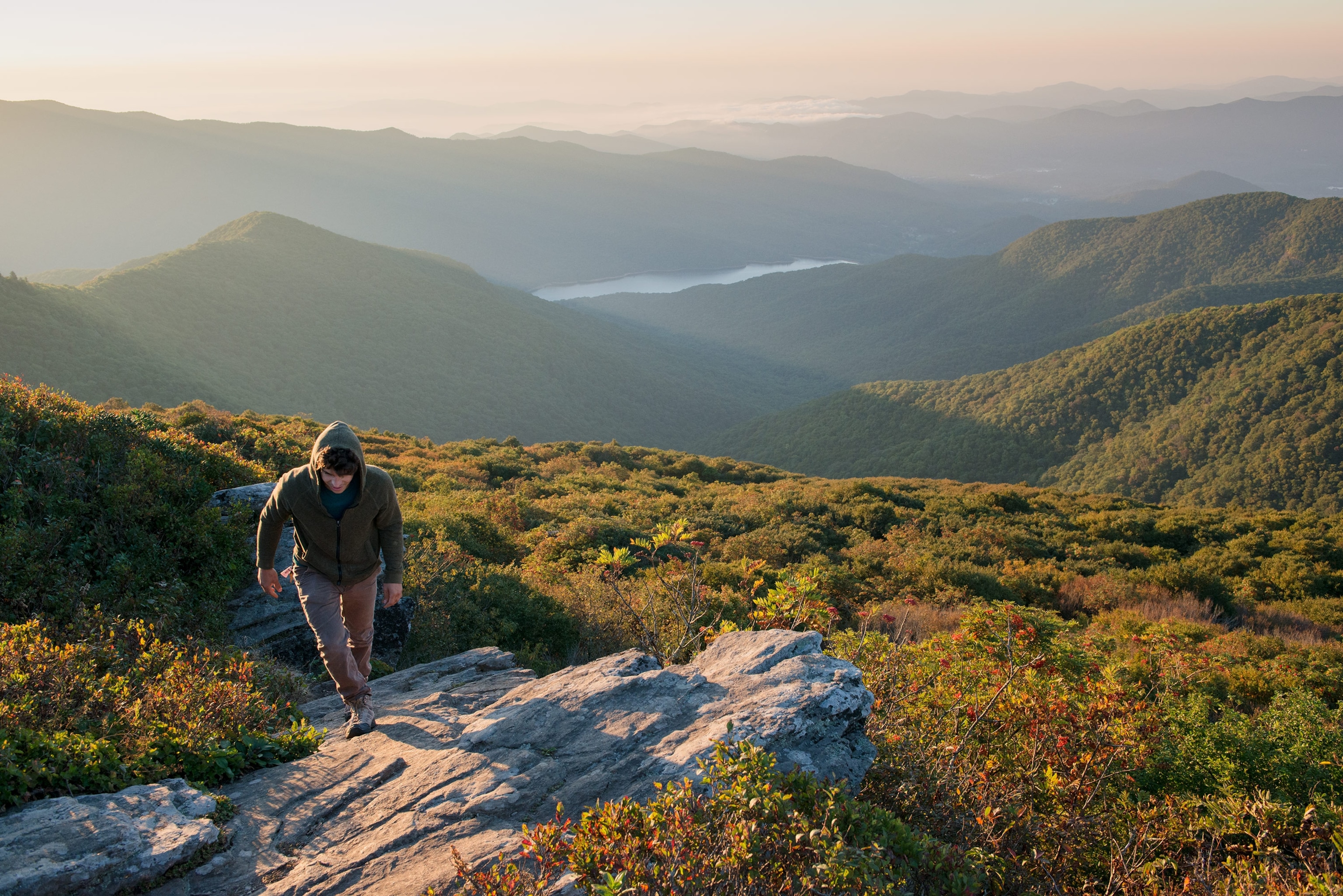
Asheville: A City of Art, Music, and Magic
From crafts and tunes to fresh food and hiking, there's wonder in every corner.
This was created in partnership with Explore Asheville
A witch, an herbalist, and a ghost buster walk into a bar …
The sentence could jump-start a joke anywhere in the U.S. In Asheville, North Carolina, it’s just another happy hour. I’m at Sovereign Remedies, an elegantly high-windowed lounge on North Market Street, where I find myself in a conversation with witch Byron Ballard, herbalist Maia Toll, and haunted-tours guide Joshua P. Warren, who are downing cocktails mixed with sarsaparilla, milk thistle, and evening primrose. The after-work crowd around us is convivial and the conversation hardly supernatural; more like gossip about Asheville’s hordes of visitors and the 14 new hotels being built to shelter them. The heady beverage I’ve been served gives me the nerve to compose a personal question for Ballard. She answers before I open my mouth.
“I’m not a good or bad witch,” she says, with a gleam in her eye. “I am an excellent witch.” How did she read my mind?
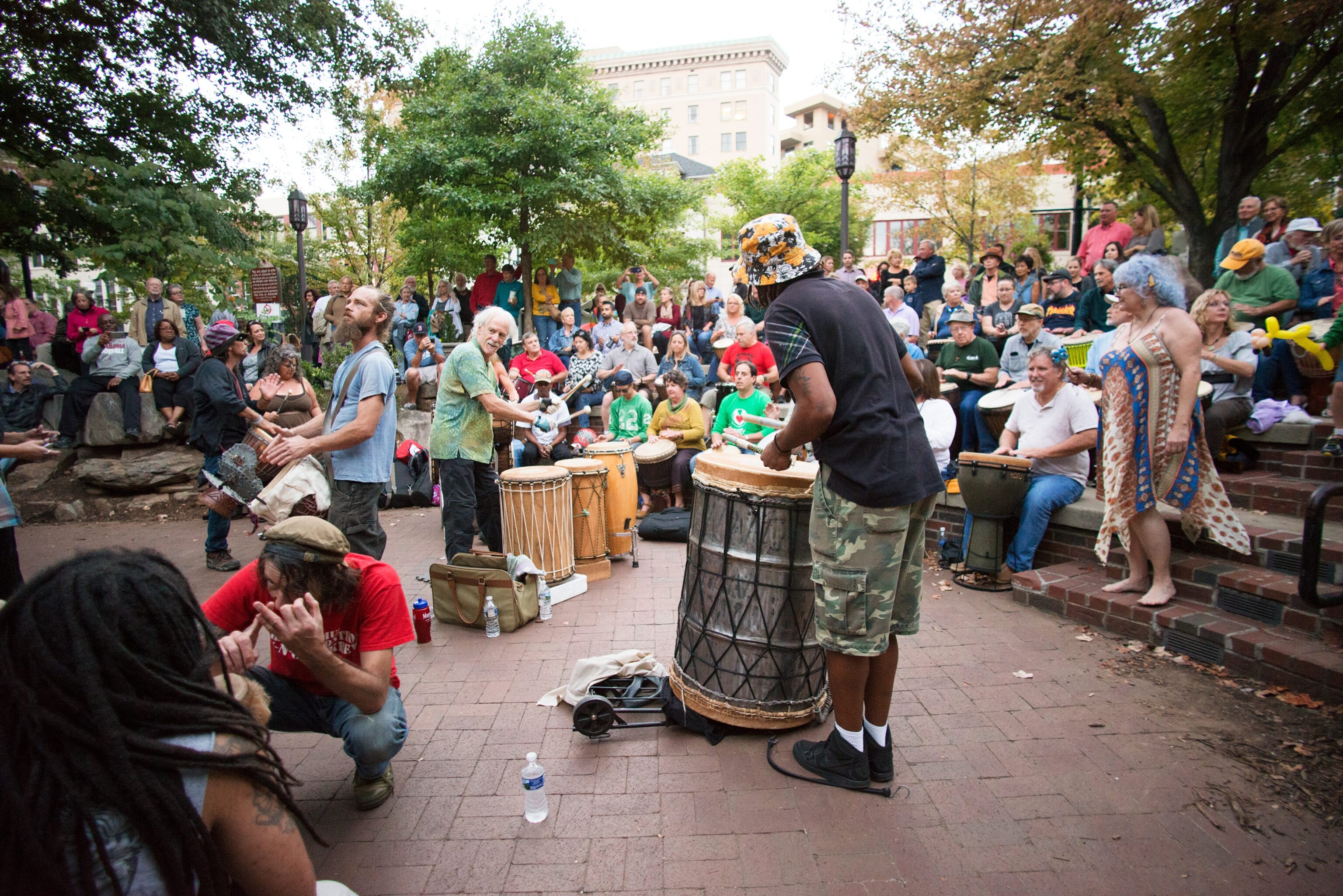
Drive-by magic, I soon learn, is a thing in Asheville. Blithe spirits (drinkable and thinkable) thrive in this nontraditional city of 88,512 that spoons with the southern Appalachian Mountains in ancient Cherokee lands drained by the French Broad River. Asheville already is high on the list of smart cities, with walkable neighborhoods, business start-ups, and a welcoming, friendly vibe that, on Fridays at dusk, is audible to all: Downtown reverberates with the drumming of its citizenry who gather at Pritchard Park to welcome the weekend with a rhythmic pound and stomp.
The drums herald a city that is melding new energies with hallowed traditions. Asheville embraces solar power and potter’s wheels, new age crystals and Roycroft rocking chairs, zip-lining and contra dancing. The air is scented with hops, roasting coffee, barbecued pork, and ambition, depending on what artisans are firing up along the South Slope, a reviving neighborhood of old brick warehouses. Asheville supports an equally spirited music scene, pumping out tunes by funk practitioners, bluegrass fiddlers, and Moog synthesizers (Moog Music’s corporate HQ is on Broadway Street).
This maker mystique and reverence for craft began with the Cherokee and grew with the Scotch-Irish, who arrived in the 18th century and handcrafted most of their goods. By 1901 that legacy became the basis for a flowering arts and crafts movement spearheaded by a wealthy newcomer, Edith Vanderbilt. Married to the moneyed heir George Vanderbilt, Edith would employ Ashevillians to make furniture and weave woolens at a crafts program she created, Biltmore Estate Industries. Some years later, the program would be moved across town, to The Omni Grove Park Inn. Now a new generation of artisans display their works—pottery, textiles, furniture—in the nearby Grovewood Gallery.

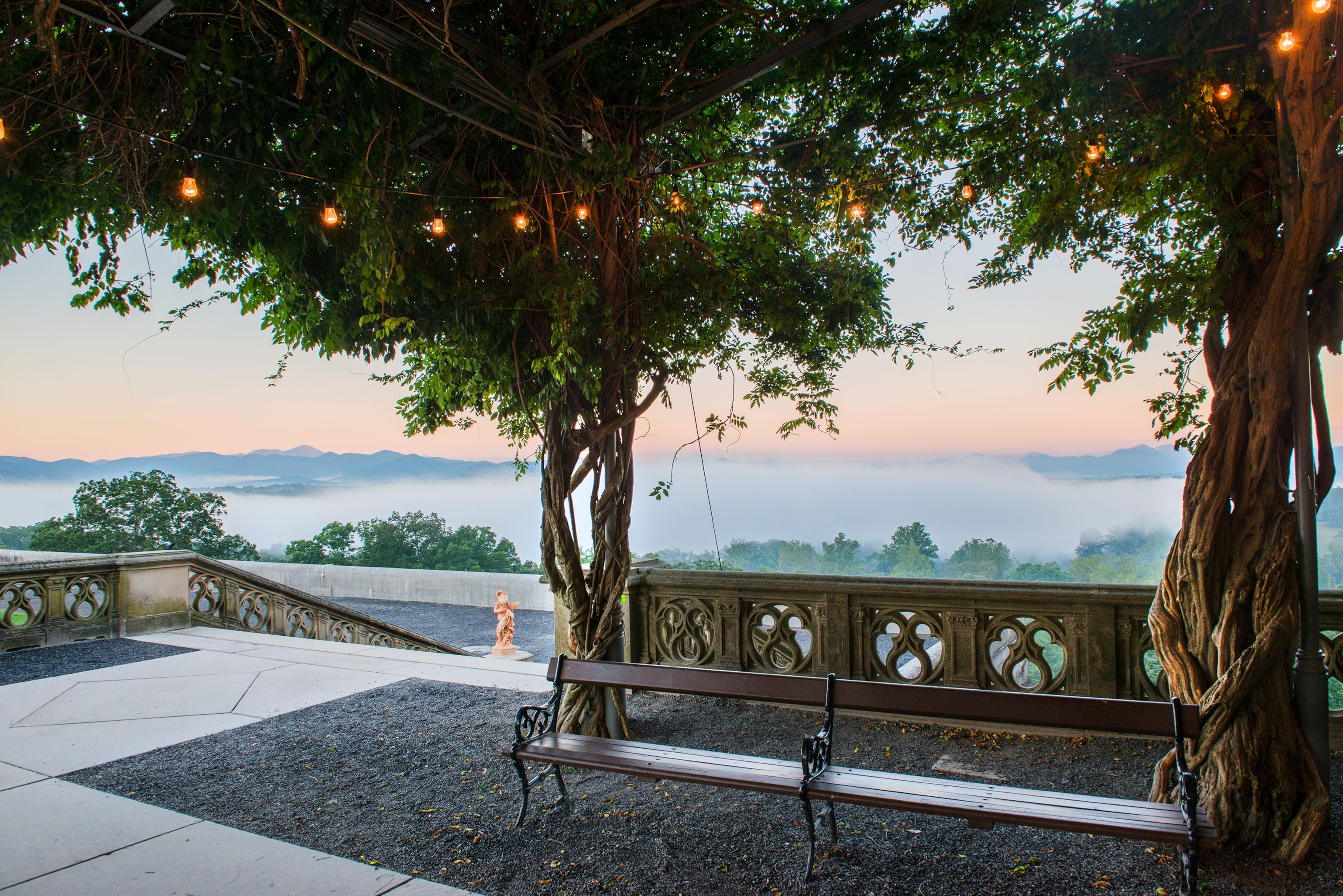
But it was George Vanderbilt who would commission what has become Asheville’s grandest attraction. The New York millionaire (billionaire in today’s dollars) imported master craftsmen from Europe to erect Biltmore House, a 250-room (43 bathrooms) palace on an 8,644-acre estate landscaped by Frederick Law Olmsted.
Biltmore House was, and remains, the largest private home in America and is still owned by the Vanderbilt family. It ranks among the most visited sites in North Carolina; in 2015 it welcomed 1.4 million visitors. On the grounds are stables, paths, gardens, three lodging options, and come weekends, a bevy of brides: Nine weddings were held simultaneously days before I arrived—and Biltmore promises no bride will spot another. The estate is one part Disneyland and two parts Downton Abbey.
The morning I visit, entrance lines snake past Biltmore’s heavy oaken doors. I’ve selected one of the more imaginative tours, up through the mansion’s attic and onto the roof. Because of the crush, our guide, Mary Ruth (“call me ‘M.R.’ ”), employs a no-nonsense form of crowd control with frequent reminders to stay with the group. We follow her up a winding marble staircase, through a living room, and onto a walkway bordering the steeply pitched slate roof.
Mary Ruth narrates many facts about the house’s history but, busy counting its chimneys, I ignore her.
I’m up to 16 when I sense eyes turning to me as M.R. says, “What did I just say?”
I feel like an eighth grader caught texting in history class. Mary Ruth is not going to permit any of her charges to depart Biltmore unmoved by the work it took to build the place.
“Ummm …” is all I can muster.

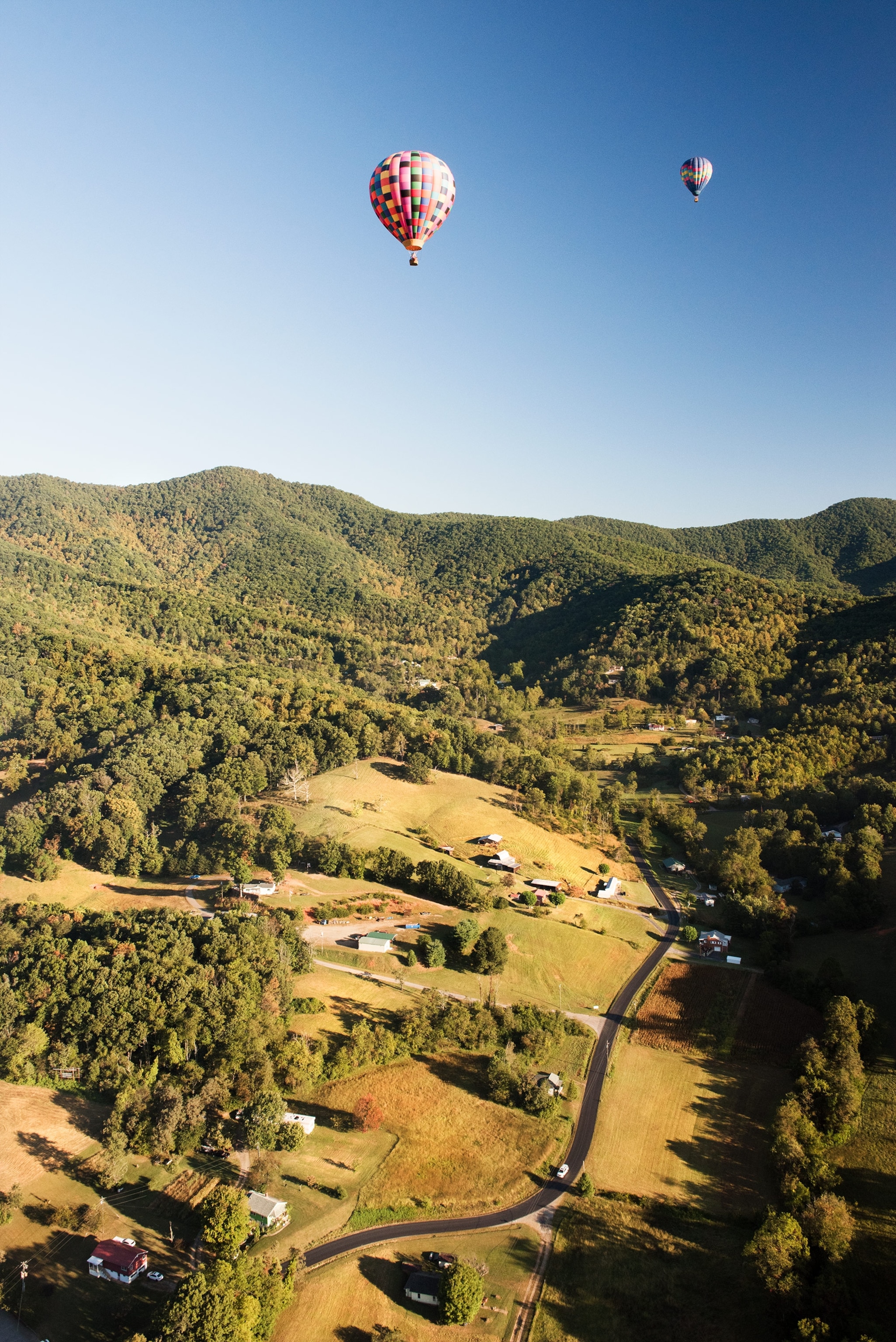
Called out, I meekly follow Mary Ruth into a garret to see how the roof tiles were laid. Then we step out onto a porch, an aerie where the Vanderbilts must have surveyed their kingdom, and it strikes me that much of Asheville’s magic is as free as these expansive views.
I stare up at what looks to be a jazz age Hogwarts—the 13-story Jackson Building, built in 1924 and topped with decorative gargoyles. It is just one of the architectural pearls I’m discovering on a walking tour with Asheville historian Kevan Frazier as we work off the biscuits with bacon gravy we devoured at Early Girl, a local restaurant.
“We Ashevillians love our nooks, corners, and crannies,” Frazier says. And stories, I think, as he tells me how the town went from a way-stop for 18th-century hog drivers to a playground for the one percent by the 1900s, sprouting ornate hotels, such as the majestic Grove Park Inn, where the novelist F. Scott Fitzgerald flirted with pretty young women, and where pretty people still travel today to take in the mountain vistas and luxuriate in the inn’s waterfall-themed spa. A boom in the 1920s further transformed the sleepy town. By 1929 Asheville had added many significant structures, most of them in art deco style. It was quite the party.
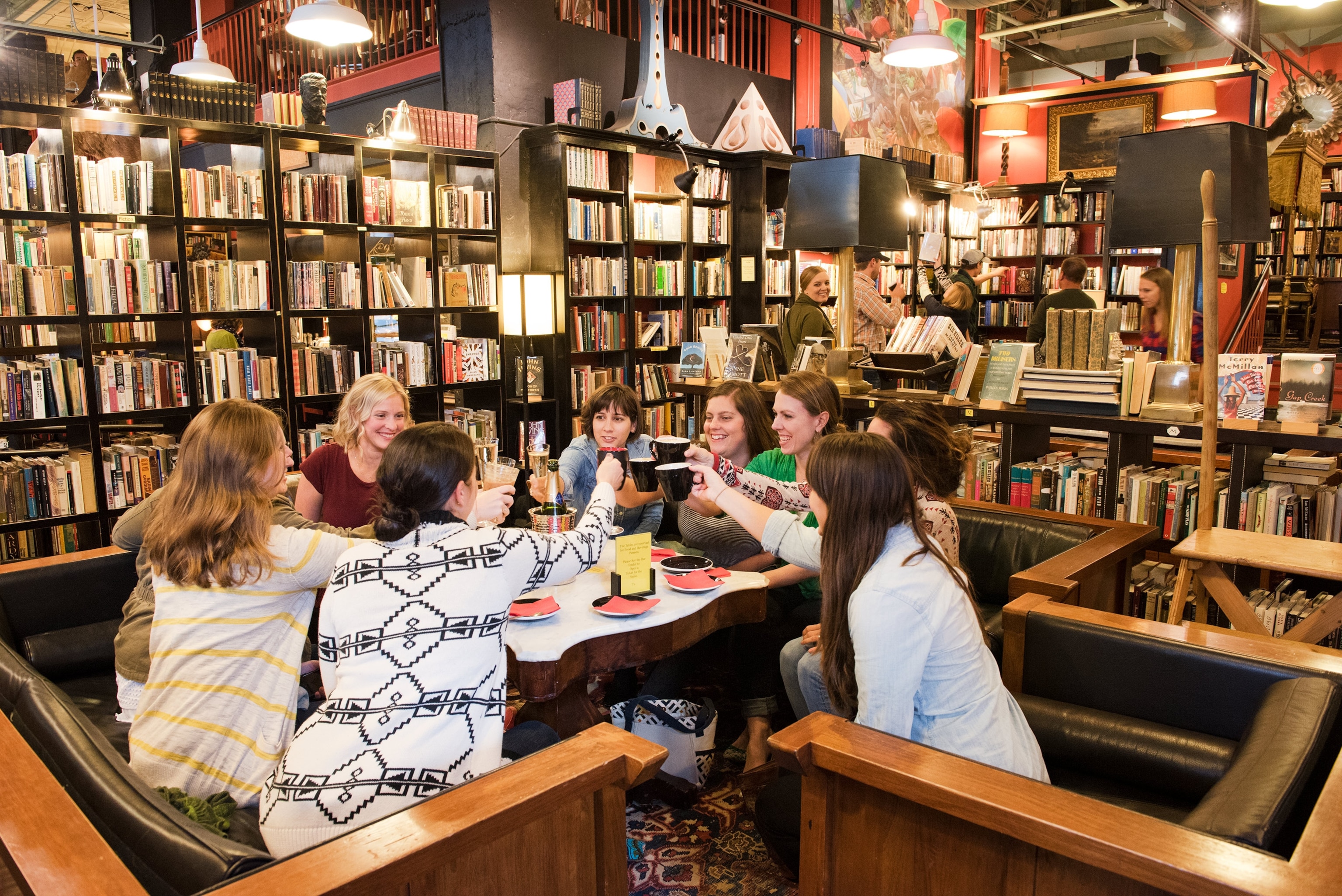
The Depression ended the fun; Asheville awoke owing creditors $56 million. It would take 47 years for the city to pay that sum off. The silver lining: Too poor to fund urban renewal, Asheville has preserved terrific examples of early 20th-century architecture, including a shopping mall, the 1920s Grove Arcade, with its Parisian-style book stands outside the Battery Park Book Exchange. Frazier points out other highlights, such as the home of native son Thomas Wolfe, who penned Look Homeward, Angel, and a building once used by a “colonel” named Harland Sanders. Would KCF have been NCFC, I muse, if he’d stayed?
Asheville was a town of dreamers, builders, and doers. Still is.
“Something’s going on here seven days a week,” Scott Woody asserts while touring me through the Isis Music Hall, a former movie theater built in the 1930s on Haywood Street in West Asheville and named for the Egyptian goddess. He and his family turned the place into a music venue. Right now two local acts—one on the patio and one upstairs—are playing to a heel-tapping crowd. Other Asheville performance venues such as The Orange Peel and The Grey Eagle are equally popular with patrons.
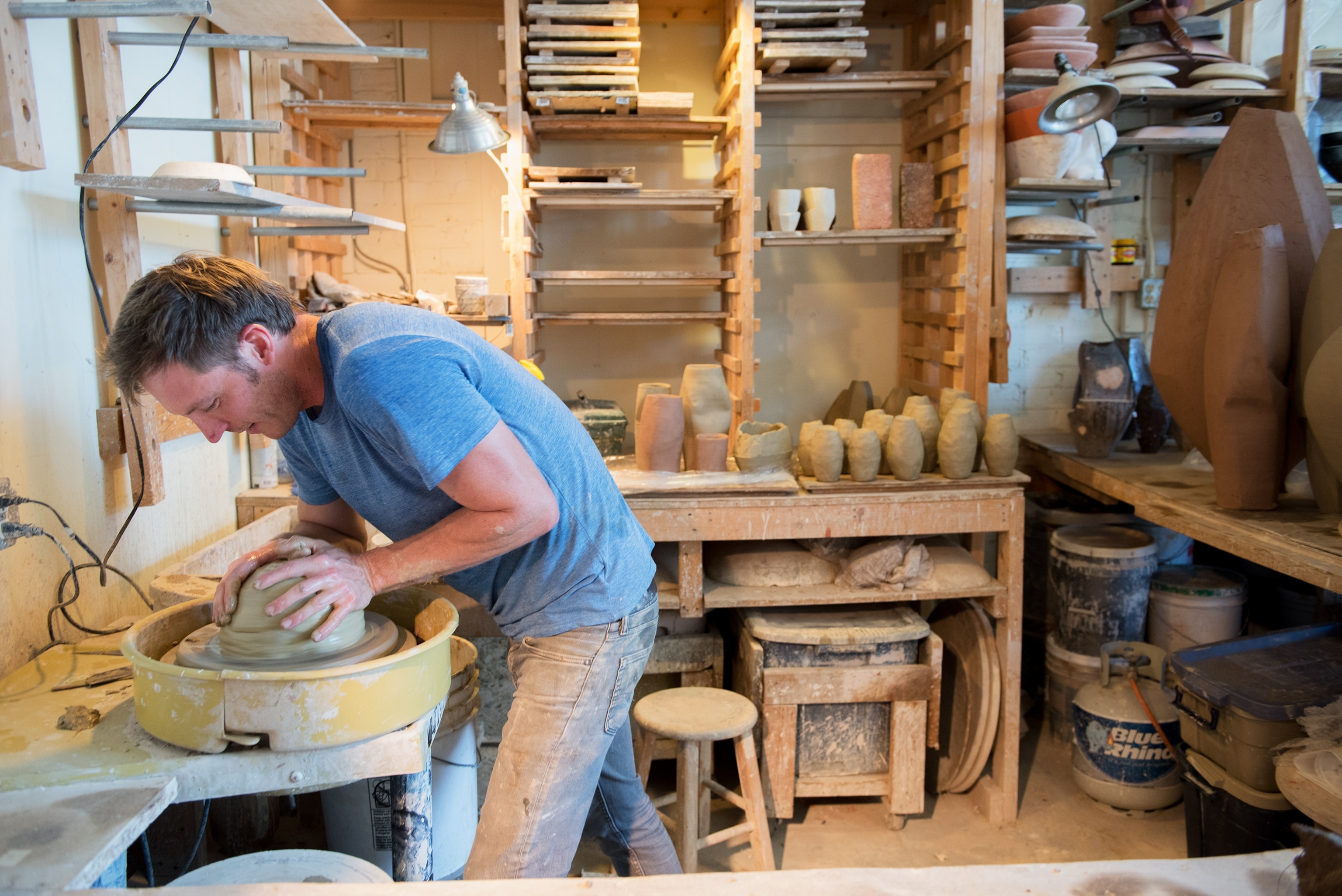
Nashville may not feel nervous just yet, but that could change soon: Asheville’s cultural energy now is extending to the visual and material arts. Sometimes dubbed “Santa Fe East,” the town teems with painters, ceramists, textile artists, jewelers, and graphic designers. Work by that last group is on display at The Center for Craft, Creativity and Design, and at Horse + Hero, where posters by local artists hang for sale.
“Community is Asheville’s true magic,” says music producer Jessica Tomasin, who is sharing my table at Isis with Woody. “We really support one another here.”
Painter Tony Corbitt, Jr.’s keenly observed portraits and dreamy plein air landscapes attract me when I see him painting at Asheville’s Grand Bohemian Hotel. He in turn encourages me to go explore the River Arts District, a reviving industrial area of artists and craftspeople flanking the French Broad River.
“Asheville is fertile ground for creatives,” he says. “The energy here is devoted to the future. You can see it in the artists who are working in the refurbished textile and cotton mills.”
The afternoon I visit, the district’s studios, kilns, and forges are busy. Everyone looks like an artist, but the tourists are the ones with the shopping bags. There’s not a chain store to be seen. Asheville wouldn’t have it any other way.
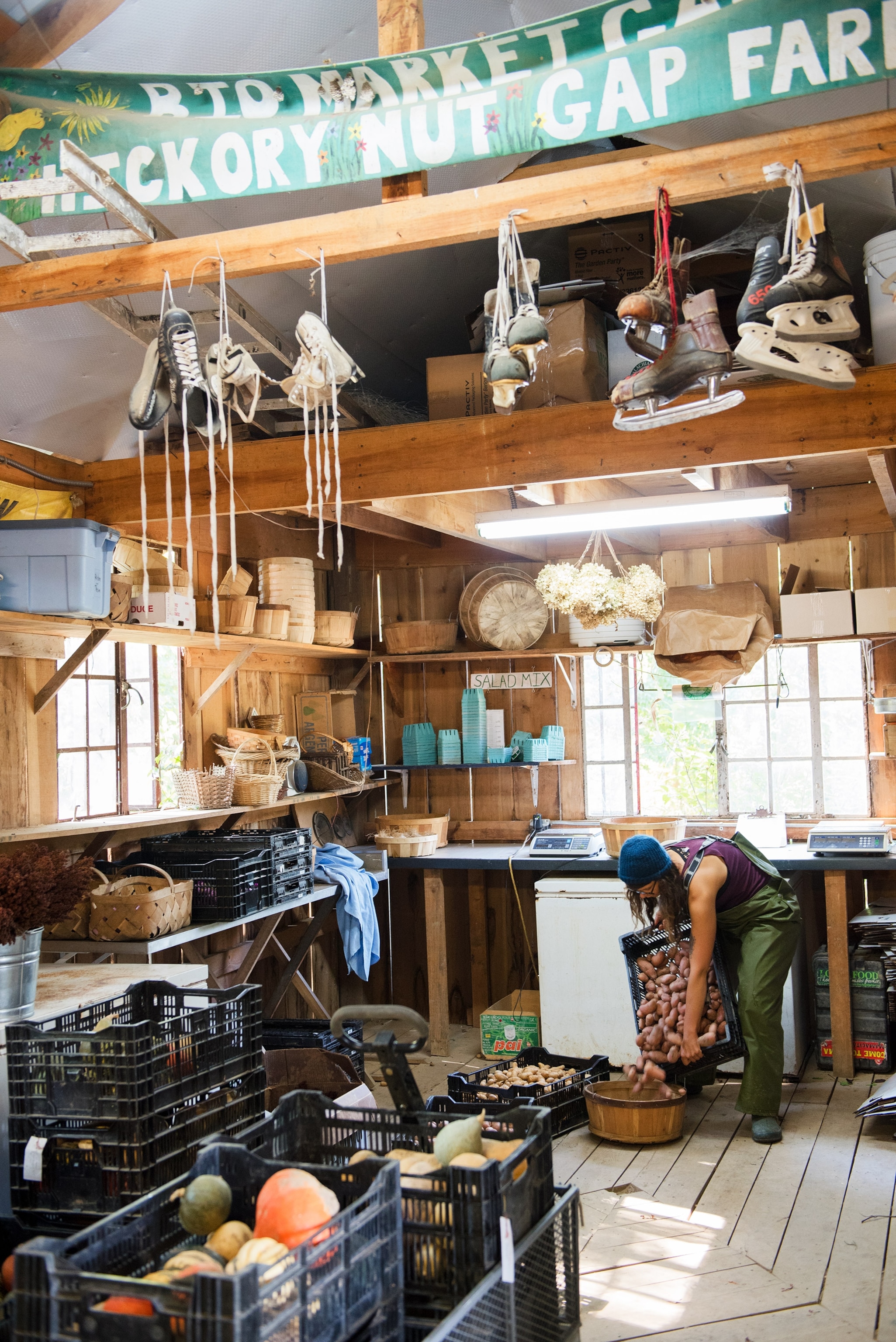

“Ninety percent of the Christmas presents I buy are made here,” Tomasin says. “We’re the poster kids for ‘go local.’ ”
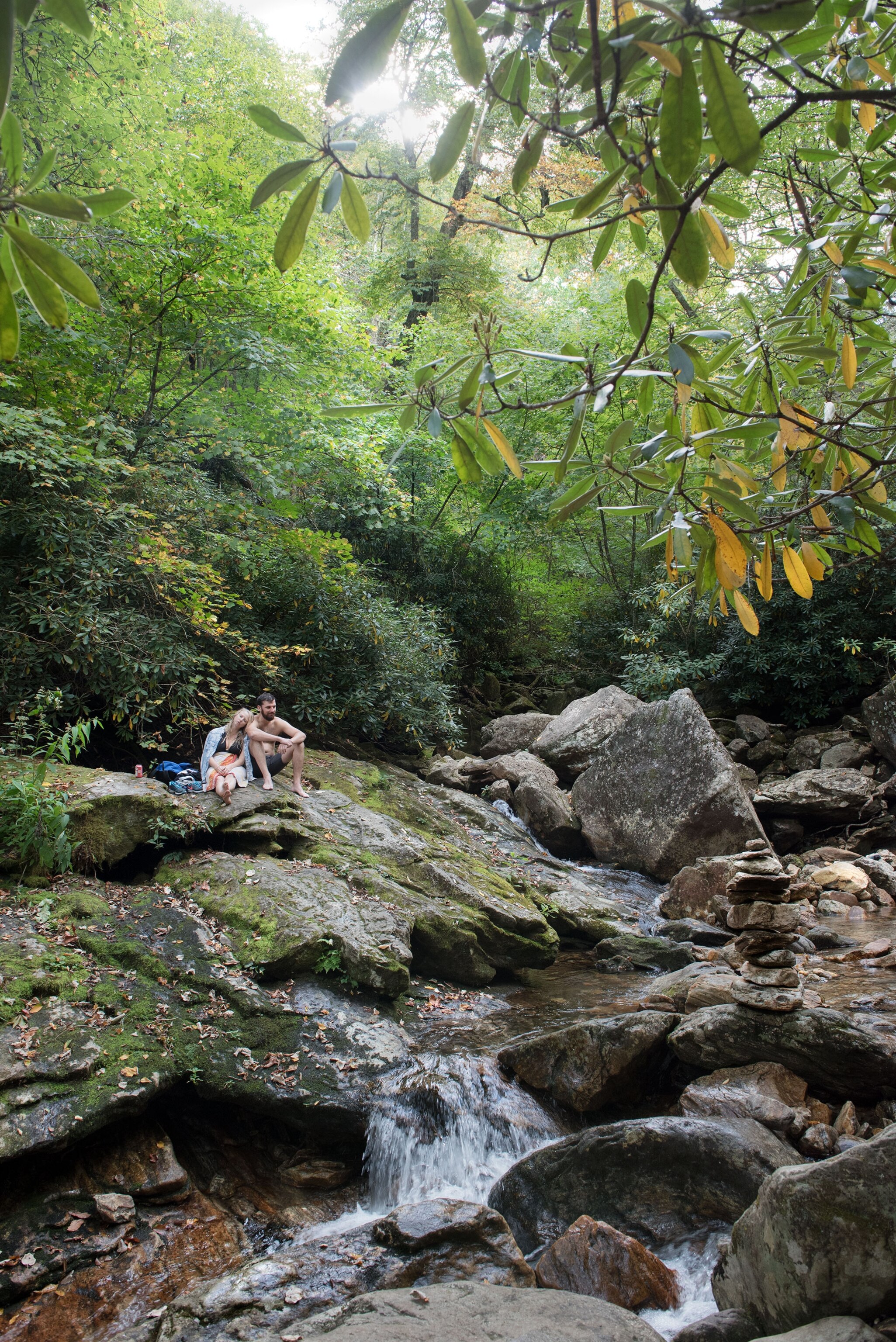
- National Geographic Expeditions
Local also is the clarion call for Asheville’s foodies. The city prizes both Southern comfort—OWL Bakery’s cardamom buns with lemon glaze, Buxton Hall Barbecue’s buttermilk fried chicken sandwiches—and international flair: “salt & pepper” tofu at Gan Shan Station, tandoori dishes at the exuberant Indian restaurant Chai Pani. It also likes foods found in the wild. My dinner at Nightbell, four-star chef Katie Button’s restaurant, begins with an appetizer of “chicken of the woods,” a type of mushroom foraged in the surrounding forests—a realm of the senses all its own and a world away from Asheville's
shamanic men’s circles, golf resorts, and yoga studios.
One morning I hike up a mountain trail just 30 minutes from downtown via the Blue Ridge Parkway, fingering the waxy, jade-hued leaves of rhododendrons as they flap against my hands. Soon I am drawn to the murmur-roar of a coursing stream swollen with recent rain. When I reach it, mud-spattered and breathless, I can taste the cold tang of the waterfall’s spray as it shoots over the smooth rocks into crystalline pools.
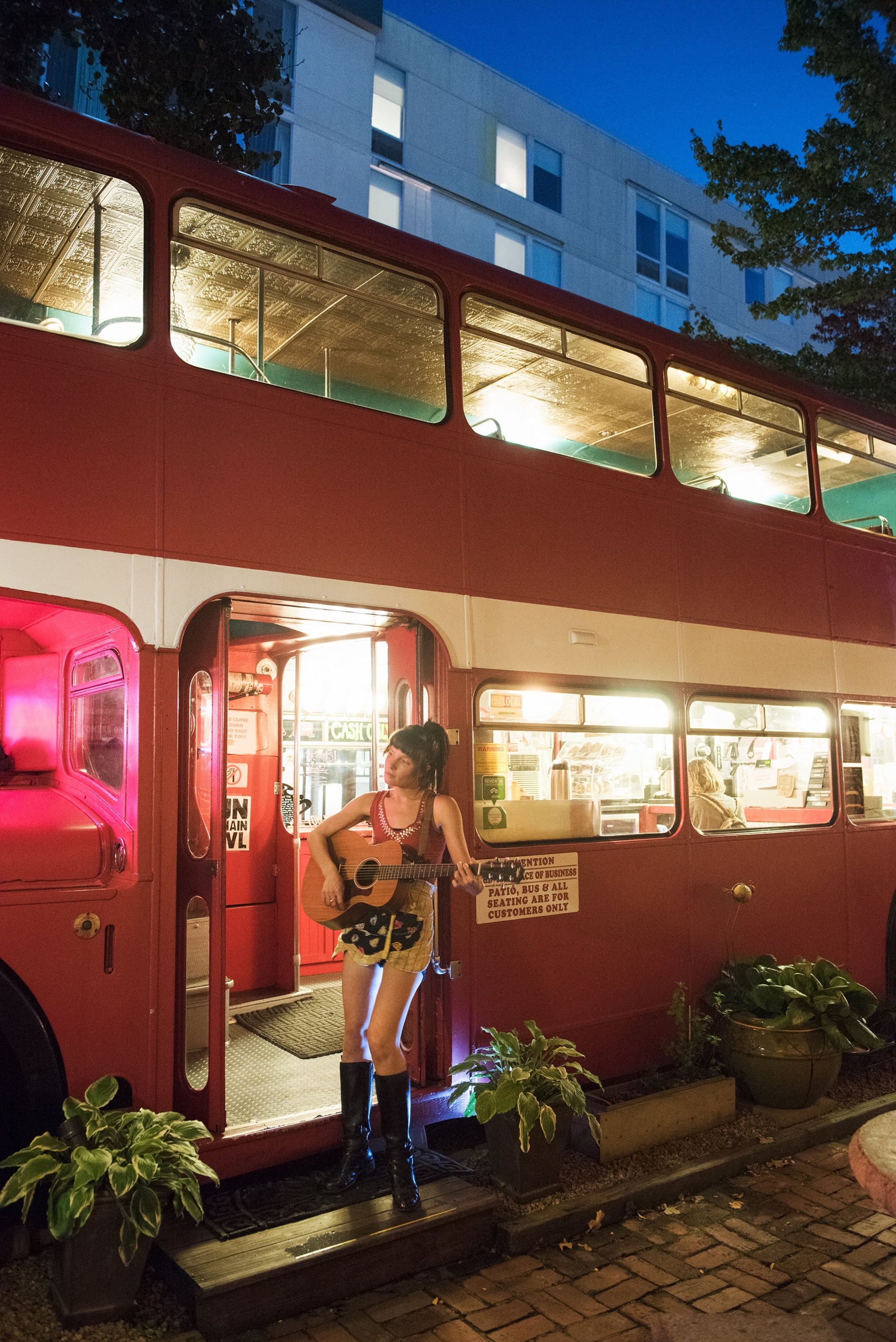
It’s a transcendent moment. And that may be Asheville’s entire point. Witches and herbalists can concoct all they want, but spirits here don’t need conjuring. They’ve already materialized. Creative, natural, or communal, Asheville’s energy is as present as the white water rushing below my feet.
Nearing the end of my trip, I join Corbitt and some of his friends at the Guitar Bar, a music venue in an 1880s brick cotton mill along the French Broad River, where a five-man band is energizing the room with old-school rock-and-roll tunes. I watch the crowd dance and swing as I quaff an excellent locally brewed India pale ale. A middle-age couple sits, unobtrusively, at the bar, sharing secret smiles with each other. I strike up a conversation. Terry and Deborah Firman tell me that they relocated to Asheville from Hampton, Virginia, earlier in the month.
“Sold everything we owned and moved here,” Deborah says.
“Asheville feels like family,” Terry adds. “It’s never like this anywhere else.”
“There’s a let-it-be vibe here that I just adore,” Deborah adds. “Life is too damn short not to go for it. Asheville is …”
Somehow, I just knew what she would say next.
“… our magical adventure.”
